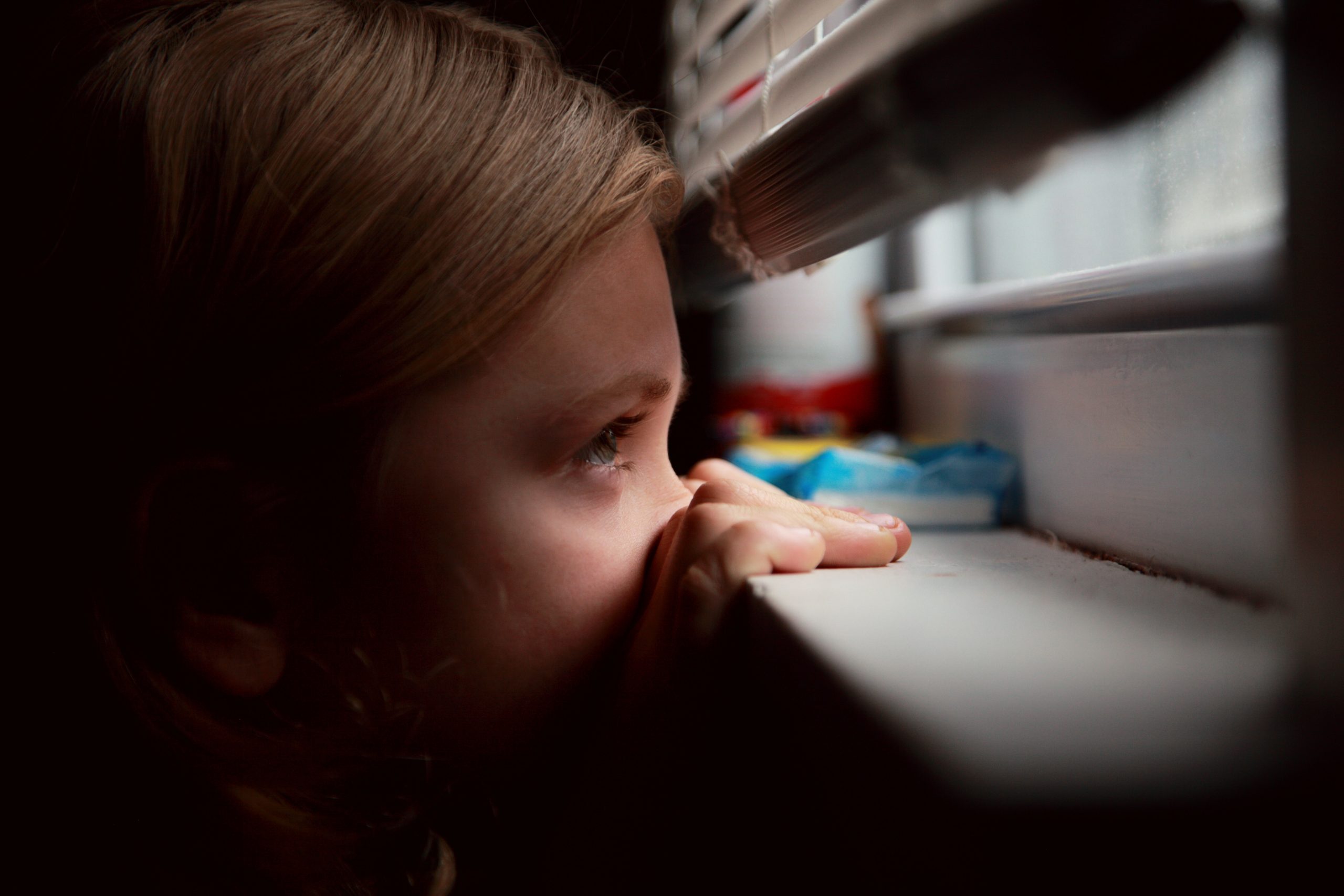
Michael Cardinal, FISM News
[elfsight_social_share_buttons id=”1″]
For nearly a year, school-aged students across the United States have exchanged classrooms for computers, socializing with friends for Zoom meetings, and diversity of educational methodologies for a monolithic approach.
In 2020, sweeping changes in regulations revolved around two main concerns: protecting the vulnerable and the unknown long-lasting effects of the virus. However, in shutting down in-person learning for nearly a year, those same guiding principles are the two things that have been massively neglected: protecting the vulnerable, our children, and considering the long-term impact of these regulations on them.
In March, when the pandemic hit, it was reasonable for schools to quickly move to temporary remote learning as there was no data regarding the virus, and researchers and government officials alike were scrambling to find out how threatening this “coronavirus” really was. Data that came out over the summer, provided much needed insight, showing that children are at an extremely low risk for complications from the virus as well as much less likely to spread the virus to others.
Despite these hopeful statistics, nearly eleven months into the pandemic, almost half of American students are still completely online. This shows a disregard to data and to other factors that put children at risk.
Protecting the Vulnerable
If our desire is to protect the vulnerable, a return to the classroom needs to be a priority.
Throughout the pandemic there has been a sharp increase in depression, suicide, and abuse. Without school, abused children are stuck in environments with their abusers around the clock, with no opportunity for teachers or other adults to notice signs of abuse. These children also do not have access to guidance counselors and support staff who would often intervene for students in crisis. Education aside, going to school each day provides a much-needed structure and outlet for those who battle anxiety, depression, or difficult home situations.
Online education has also proven to be significantly detrimental to those who come from low-income families. These students lack the infrastructure that those in middle and upper income families enjoy such as reliable internet, multiple computers, and opportunities for tutoring or additional support. Students from low-income families are also less likely to have a parent at home to help oversee their child’s learning. When the rhetoric of today so often cries out for equity and an even playing field, these ideologies have been abandoned where it is needed most.
Long-Term Effects
Although questions remain about the possibility of long-term physical effects of the coronavirus, leaving a large gap in this generation’s education may prove to be a larger gamble.
While the majority of teachers have done an admirable job adjusting their curriculum to remote learning with limited time, resources, and support, it is still an inferior product to in-person learning. As former U.S. education secretary and current president of the Education Trust, John King Jr. stated, “even in places that do distance learning well, we can expect that students will lose significant ground.”
The ability for teachers to teach to multiple intelligences is limited, as is the ability to provide additional help to struggling students, assess student understanding in real time, and build connections that drive student motivation and learning. Time of instruction has also been slashed in accordance with studies showing it is detrimental for students to be in front of a screen for 6+ hours a day. This makes it is impossible to provide the same scope and depth of curriculum online.
Students are failing to show up to classes or turn in assignments without the accountability of going to school. While comprehensive data is not available yet, school districts are seeing a drop in attendance up to 16% since the start of the pandemic.
Alongside academic deficiencies, the social-emotional health of students is also in jeopardy. A generation of students have missed graduations, school dances, drama productions, the opportunity to participate in sports, and enjoying friendships face to face. Children and teenagers need the opportunity to interact with one another to develop skills such as collaboration, empathy, responsibility, and leadership.
Where Do We Go From Here
It is imperative that we get our children back in school. We are at risk of losing a generation in the name of caution without accounting for greater risks. The American Association of Pediatrics president Lee Savio Beers, has said that “Children absolutely need to return to in-school learning for their healthy development and well-being, and so safety in schools and in the community must be a priority.”
Children cannot be used as pawns in a political struggle between opposing agendas. In the past month, we have seen leaders who had previously slammed those looking to open schools in the fall, now urging looser restrictions and the reopening of schools when community cases of COVID-19 are much higher, including President-elect Joe Biden and California Governor Gavin Newsome.
On the flip side, schools cannot be cavalier with their policies and procedures. Educational leaders must take necessary precautions to promote the safety of students and staff alike. This should be done in a common-sense approach and not with draconian measures that throw out data and reason. There also needs to be alternative options for students who are at-risk or who have at-risk family members at home.
Only time will tell how the impact of this period of lost education and isolation will affect a generation of students. While we cannot change the past, we have the opportunity to amend the future. Students must return to school in order to get the education that is needed. Their future, and our future, depends on it.
